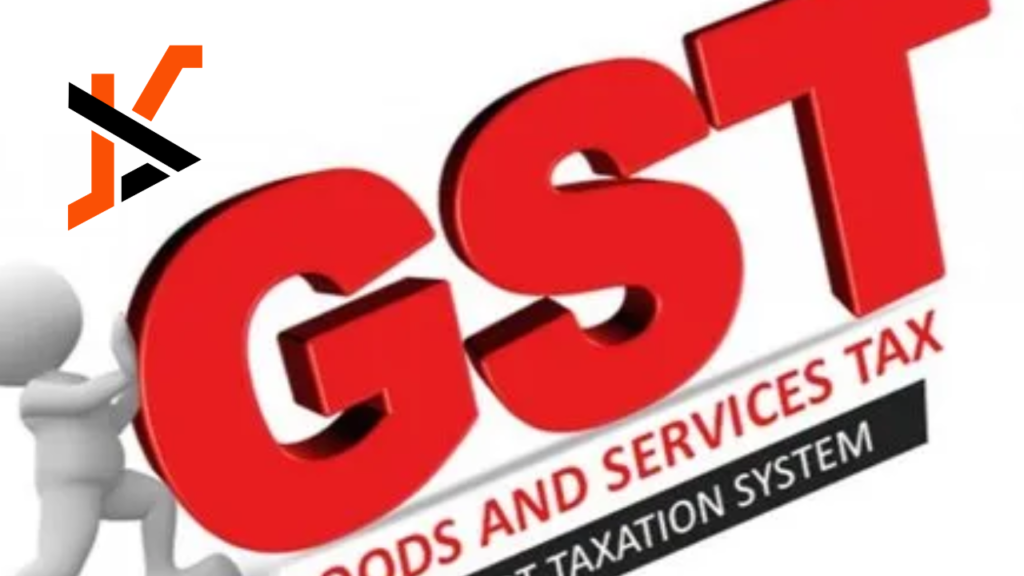Introduction
The Goods and Services Tax (GST) is a critical component of the tax systems in both Australia and New Zealand. While they share similarities in being a broad-based consumption tax, there are distinct differences in their application and rates. This article delves into the intricacies of GST in these two countries and the role of GST calculators in simplifying tax calculations.
GST Calculators: Simplifying Tax Calculations
Calculating GST can be a complex task, especially for
businesses dealing with a large volume of transactions. GST calculator, available online, offers a convenient solution. These tools are designed to quickly compute the GST on goods and services by adding it to a base amount or determining the GST Calculator Australia component within a total price. This functionality is crucial for accurate invoicing and financial planning.
GST in Australia
Introduced in 2000, Australia’s GST is a 10% tax on most goods, services, and other items sold or consumed within the country. It replaced several federal and state taxes, simplifying the tax system and ensuring a steady revenue stream for governments.
Key Features:
- Broad-Based Tax: GST in Australia applies to most goods and services, although there are some exemptions, such as essential food items, certain medical and educational services, and exports.
- Input Tax Credits: Businesses registered for GST can claim credits for the GST they have paid on their purchases, which is intended to ensure that the end consumer ultimately bears the tax.
- GST-Free Sales: Some sales are GST-free, including exports, certain food items, healthcare, and educational products and services.
GST in New Zealand
New Zealand’s GST system, introduced in 1986, is notable for its simplicity and broad application. The rate is currently 15% and applies uniformly to most goods and services, including imported goods.
Key Features:
- No Exemptions: Unlike Australia, New Zealand’s GST model does not exempt essential items like food, making it one of the most comprehensive GST systems globally.
- Flat Rate: The single rate of 15% simplifies the calculation process, reducing the administrative burden on businesses and the government.
- Refund Mechanism: As in Australia, businesses can claim refunds on the GST paid
On business expenses, ensuring that the final consumer ultimately pays the tax.
GST Compliance and Reporting
In Australia and New Zealand, compliance with GST regulations is mandatory for businesses exceeding a certain turnover threshold. Regular reporting is required on a monthly, quarterly, or annual basis.
- Australia: Businesses must complete a Business Activity Statement (BAS), reporting their GST collections and credits to the Australian Taxation Office (ATO).
- New Zealand: Businesses file returns with the Inland Revenue Department (IRD), detailing their GST collected and credits claimed.
Impact on Business and Economy
GST has significant implications for businesses and the broader economy in both countries. It affects pricing, cash flow, accounting practices, and compliance obligations.
- Price Transparency: In Australia and New Zealand, GST is often included in the displayed price, making it easier for consumers to understand the total cost of purchases.
- Cash Flow Management: The ability to claim credits for GST paid on business expenses aids in effective cash flow management.
- Economic Impact: GST provides a stable revenue stream for governments, funding public services and infrastructure. It also helps broaden the tax base and reduce reliance on income taxes.
Challenges and Considerations
Implementing and managing GST presents challenges, particularly for small businesses grappling with compliance and administrative burdens. Keeping up with changes in GST law, correctly classifying goods and services, and maintaining accurate records are essential to avoid penalties.
GST and International Trade
Australia and New Zealand have specific provisions for GST on imports and exports. Exports are generally GST-free, promoting international trade, while imports are subject to GST, ensuring a level playing field for domestic businesses.
The Future of GST
As economies evolve, ongoing discussions about adjusting GST rates and bases exist. Debates include broadening the base in Australia by reducing exemptions or changing the rate in New Zealand to align with fiscal needs.
Conclusion
GST is a cornerstone of the tax systems in Australia and New Zealand, with each country adopting a model that reflects its economic and social priorities. While the systems share similarities, their differences underscore the diverse approaches to taxation in the two countries. Understanding these nuances is crucial for businesses operating within these economies. As the global economic landscape continues to evolve, so will the approaches to GST in Australia and New Zealand, with ongoing implications for businesses, consumers, and the economy.

